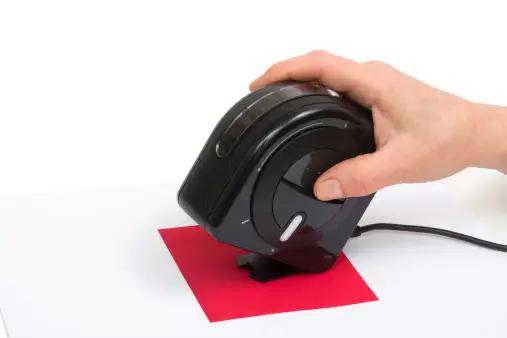What Are the Challenges of Metallic Ink Printing and How to Overcome Them?
In the world of printing, metallic ink has become increasingly popular in recent years. Its shiny and reflective finish adds a touch of elegance and sophistication to any design, making it a favorite choice for many industries such as packaging, invitations, and promotional materials. However, with its shiny finish also comes a unique set of challenges for printers. In this article, we will explore the challenges of metallic ink printing and how to overcome them, ensuring that your finished product shines in all the right ways.
The Brilliance of Metallic Ink Printing
Before we delve into the challenges, let’s first understand the beauty of metallic ink printing. Unlike traditional inks that are made with pigments, metallic inks are composed of tiny metallic particles that reflect light, giving it a shiny and eye-catching appearance. These particles can be gold, silver, bronze, copper, or any other metallic color, providing endless possibilities for creative and attention-grabbing designs. It is a unique and effective way to make your prints stand out from the rest.
The Challenges of Metallic Ink Printing
While metallic ink may seem like a dream come true, it does come with its own set of challenges that printers must overcome to achieve the best results.
1. Limited Color Options
One of the biggest challenges of metallic ink printing is the limited color options. Since the ink is composed of metallic particles, it is difficult to achieve a wide range of colors. Metallic inks are typically only available in gold, silver, and bronze tones, making it challenging for designers to incorporate other colors into their designs. This limitation may also pose a challenge for brands and businesses that have strict color guidelines for their branding.
2. Cost
Another challenge that comes with using metallic ink is the cost. Metallic inks tend to be more expensive than traditional inks, mainly due to the composition of metallic particles. This can significantly impact the cost of printing, making it difficult for businesses on a tight budget to incorporate metallic ink into their designs. However, as the demand for metallic ink printing increases, the cost may decrease over time.
3. Printing Techniques
Printing with metallic ink requires specialized techniques and equipment. Traditional printing methods such as offset and digital printing may struggle to achieve the desired results with metallic inks, leading to additional time and cost for printers. This could also contribute to the limited color options mentioned earlier, as some printing techniques may not be compatible with certain metallic colors.
Overcoming the Challenges of Metallic Ink Printing
Now that we understand the challenges of metallic ink printing, let’s explore some techniques to overcome them and achieve the desired results for your prints.
1. Choosing the Right Paper
The type of paper you use for metallic ink printing can have a significant impact on the final result. Choosing a coated paper with a smooth and glossy finish can help bring out the shine and reflectivity of the metallic ink. It is also essential to select a paper that is compatible with the printing technique being used.
2. Utilizing Spot Varnish
If your design requires additional colors other than the traditional metallic tones, you can consider using spot varnish in combination with metallic ink. Spot varnish is a clear ink that adds a glossy finish, making it a great option for achieving additional colors, textures, and gradients in metallic ink printing.
3. Opting for Foil Stamping
If cost is not a concern, foil stamping can provide a more vibrant and reflective finish compared to metallic ink. Foil stamping involves using heat and pressure to transfer a metallic foil onto paper, giving it a shiny and smooth finish.
Frequently Asked Questions
Q: Are there any design limitations when using metallic ink?
A: Yes, due to the limited color options and printing techniques, metallic ink may have some design limitations, particularly for complex designs.
Q: Can I print metallic ink on any type of paper?
A: No, it is essential to choose a coated paper with a smooth finish to achieve the best results with metallic ink.
Q: Is metallic ink printing suitable for large quantities?
A: Depending on the printing technique, metallic ink printing can be suitable for large quantities. However, it is best to consult with your printer before making a bulk order.
Conclusion
In conclusion, while metallic ink printing may have its challenges, it is a unique and effective way to make your prints stand out. By understanding the limitations and utilizing the right techniques, you can achieve stunning results that are sure to impress. So, don’t be afraid to add some shine and glamour to your next printing project with metallic ink.



